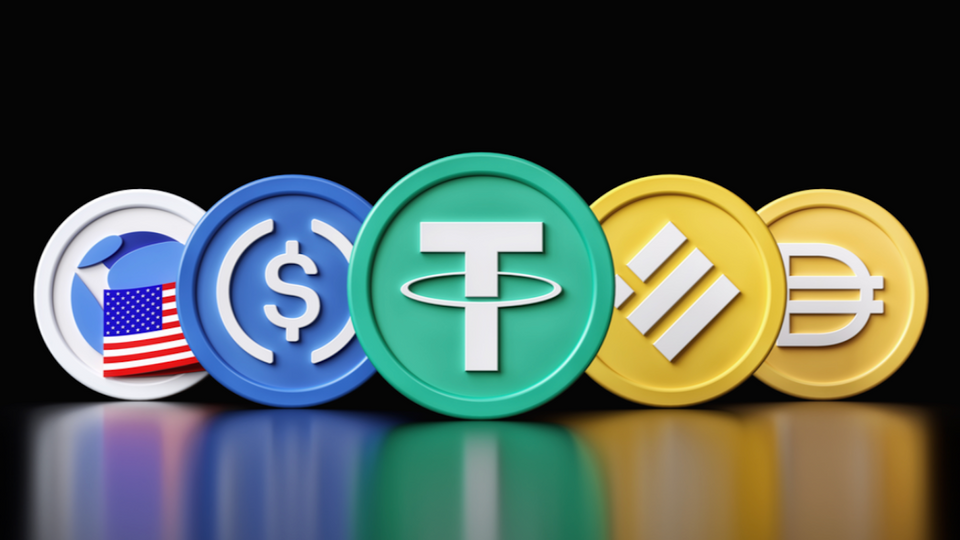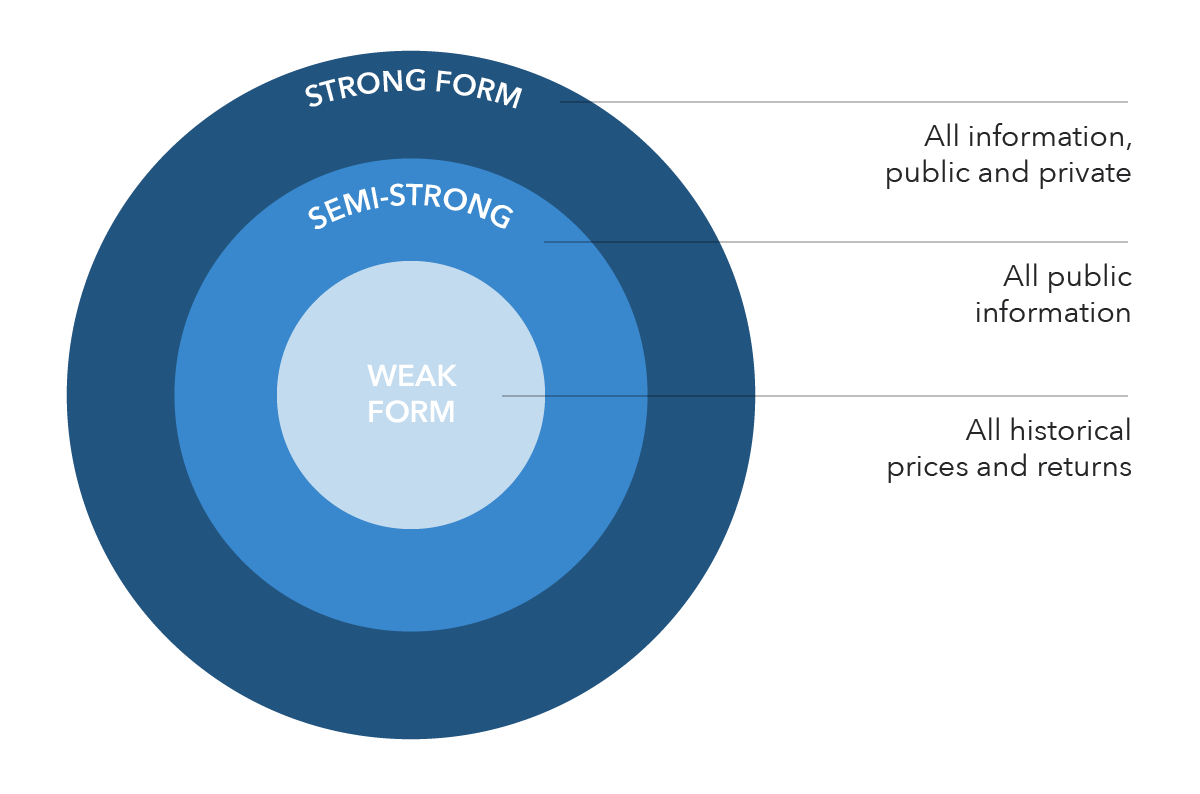Because of the efforts of Senator Patrick Toomey, the United States of America maintains its position as the worldwide leader in the acceptance of the cryptocurrency business. The White House is now at the forefront of efforts to regulate cryptocurrencies.
In December of 2017, President Joe Biden put his signature on a bipartisan infrastructure plan with a total cost of $1.2 trillion. The bill featured several new laws that would have an effect on the cryptocurrency industry.
And more recently, the president of the United States announced a “whole-of-government” approach to regulating cryptocurrency in an across-the-board executive order that directed multiple government agencies to answer specific questions on cryptocurrencies. This was done in an effort to address concerns that have been raised about the volatility of cryptocurrency prices.
It is quite evident that the United States government has been working hard over the past year to assist in making the cryptocurrency business more sustainable, which will make it a great deal simpler for bitcoin platforms to function.

The Stablecoin Transparency of Reserves and Uniform Safe Transactions Act of 2022, also known as the Stablecoin TRUST Act for short, will likely make the United States the only country in the world, or at least the only Western country, to fully regulate and accept stablecoins as an official part of its financial and banking system. This will be the case because it will make the United States the only Western country to do so.
The Stablecoin TRUST Act, which was proposed by Senator Toomey, the ranking member of the Senate Banking Committee, mandates that issuers of stablecoins comply to a set of predetermined guidelines.
The legislation contains restrictions that are quite broad and all-encompassing.
The measure makes it quite clear that payment stablecoins are not securities, which is fantastic news for the sector as a whole.
A stablecoin is a digital asset that may be “convertible directly to fiat currency by the issuer” and that has a “stable value relative to a fiat currency or currencies.
Relatedly, regulations pave the way for an increase in the number of skilled workers, financial resources, and physical structures in the cryptocurrency business.
Issuers of stablecoins would be required to make a choice between obtaining a typical bank charter, a licence from the Office of the Comptroller of the Currency (OCC), or a state money transmitter licence or another licencing of a similar nature.
Stablecoin issuers that operate in the United States would be subject to a disclosure system that would compel them to secure frequent audits, describe clear redemption processes, and disclose what truly backs the stablecoins that they issue. This disclosure regime would be subject to the U.S.
Do we need a CBDC in the United States?
With the discussion draught of the bill currently circulating and garnering feedback in congress, it begs the question: If the act were to become law, would the United States government still need to develop a central bank digital currency (CBDC), also known as what some people refer to as the digital dollar?

It doesn’t appear to be necessary for the U.S. to develop a digital dollar if private stablecoin issuers are accepted as part of the broader financial system. Would there be a need for the government to have both private and public digital dollars, one issued by providers and another by the federal government? These questions will play out over the coming months as U.S. regulators continue to tackle them.
But it’s clear that part of Biden’s executive order includes placing “urgency on research and development of a potential United States CBDC, should issuance be deemed in the national interest,” according to an accompanying fact sheet released by the White House.
Related: Fitting the bill: US Congress eyes e-cash as an alternative to CBDC
It would be the first time in history in which a nation allows both private stablecoin issuers and the government-issued stablecoin to operate in a single market. Some countries have banned private stablecoins because they want to promote their own CBDC, but the U.S. is taking a different route that could spur significant innovation in the stablecoin industry — and, of course, make it more transparent and sustainable. But there are problems, with possibly serious consequences.
Interest rates will be capped — expect consolidation
The Stablecoin TRUST Act regulates what assets can back their USD-pegged stablecoins, which would be cash, where interest rates are incredibly low, and Treasury Bills (T-Bills), where interest rates aren’t much better. This poses a major problem to both current stablecoin issuers and future players, as they won’t be able to earn higher interest from riskier assets.
Right now, certain stablecoin issuers back most of their tokens by higher paying commercial papers, which cannot be evaluated without more transparency and an audit. According to USDT stablecoin issuer Tether on March 31, 2021, over 65% of their reserves were backed by commercial papers, only around 4% were backed by cash, and about 3% are backed by T-Bills. Therefore, Tether and other stablecoin providers will have to completely change the composition of their reserves to fall in line with the Stablecoin TRUST Act if it becomes law.

There is a chance that consolidation will occur in the stablecoin business, as well as a slowing of the competition.
Stablecoin issuers won’t be able to leverage higher-paying assets to create high interest, therefore it will be tough for them to turn a profit while also managing compliance risk, HR taxes, and general administration costs. This will make it more difficult for them to turn a profit.
Related: the regulators are coming for stablecoins; the question is, which ones should they begin with?
If the measure is passed into law, it will be extremely difficult for smaller stablecoin issuers to turn a profit. However, the larger companies will almost certainly find a way to make it work.
Let’s work together to get the Stable Coin Act approved.
In spite of the fact that the Stablecoin TRUST Act can make it more difficult for new people to enter the market, I am confident that it will make the market more open and stable.
In the future, the USD stablecoins will be a great deal more secure and transparent if transparency and redemption rules are strictly enforced.
The fact that the Stablecoin TRUST Act really integrates stablecoins into the conventional financial system of the United States is one of the finest features of this piece of legislation.
OCC-licensed issuers will have access to the master account system maintained by the Federal Reserve. This will allow these issuers to get access to a wider range of the financial system as well as bigger quantities of liquidity while conducting business.
There is still some time left before the Stablecoin TRUST Act is signed into law, but if it maintains the same structure as it does now, the United States will continue to be the country that sets the bar highest for the regulation of cryptocurrencies.
Therefore, let’s collaborate in order to make sure that the act is passed into law.
This post does not contain any suggestions or advice regarding financial investments.
Every investment and trading action has some level of risk, and before making a choice, readers should do their own research in the relevant areas.




